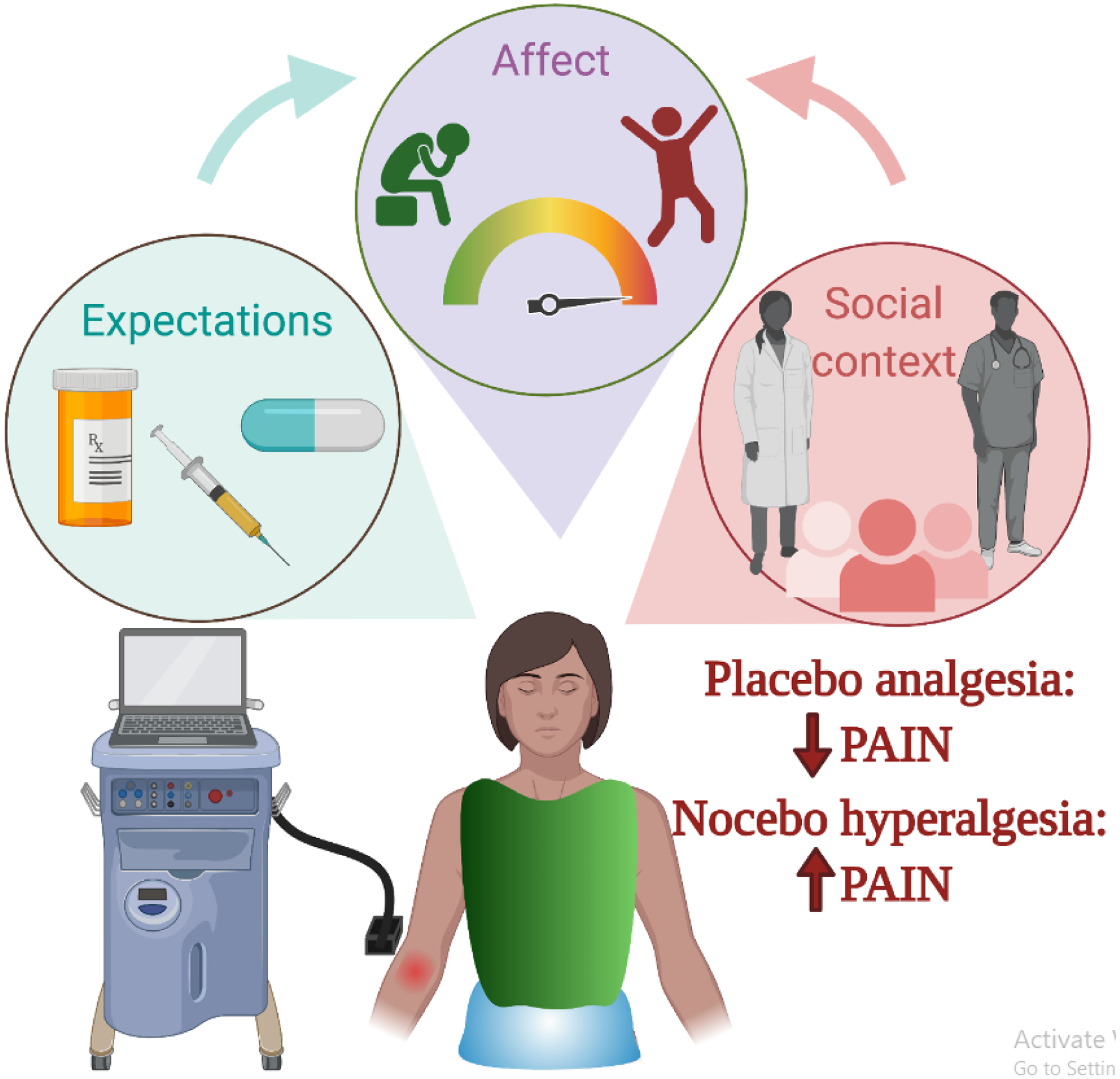Figure 1, Key Figure: Expectations, affect, and social context shape pain and lead to placebo analgesia or nocebo hyperalgesia.

Laboratory models of placebo analgesia combine acute noxious stimuli (e.g. heat administered through a thermode) with experimental manipulations to measure how expectations, affect, and social factors influence perceived pain and pain-related neurobiological responses. Expectations may be driven by associative learning from cues associated with treatment or from verbal instructions about the anticipated effects of treatment. Placebos may influence affect by reducing anxiety or increasing positive emotion, whereas nocebo effects are associated with increases in anxiety. Social factors also shape placebo effects through the patient-provider interaction. Placebo analgesia refers to reduced pain as a result of expectations, affect, and the social context surrounding treatment, whereas nocebo hyperalgesia refers to the exacerbation of pain due to these psychosocial processes.
